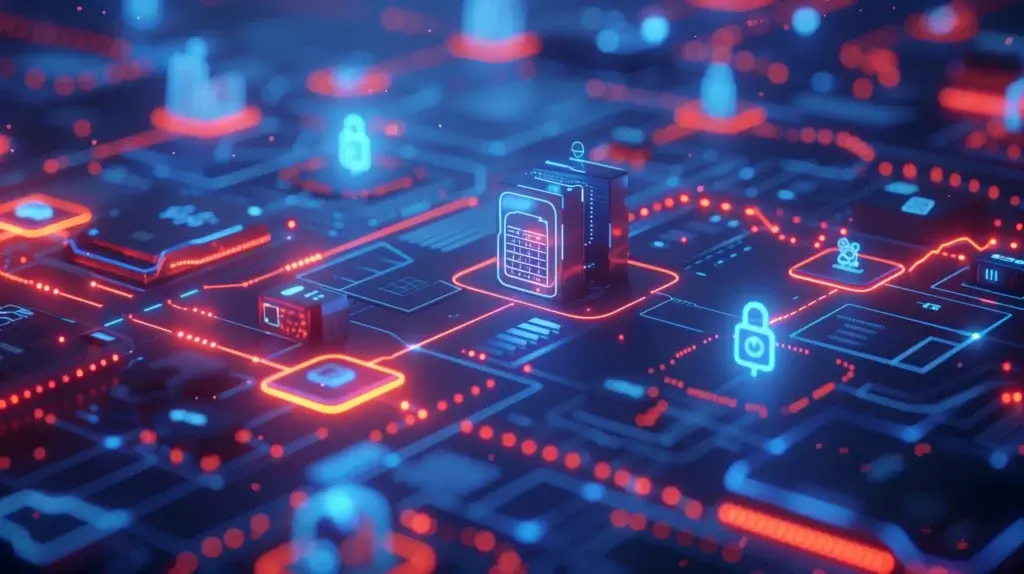The rapid evolution of the Internet of Things (IoT) has introduced a plethora of connected devices into our lives, simplifying and enhancing our day-to-day activities. However, one of the most significant challenges faced by these devices is maintaining efficient and enduring battery life. Understanding the intricacies of battery life improvement for IoT devices is crucial for ensuring their optimal performance and longevity.
For exporters and importers dealing with IoT products, ensuring that devices maintain a robust battery life is not just a technical concern but also a competitive advantage. In the following sections, we will explore various strategies and technologies that can significantly enhance battery life in IoT devices.

Understanding the Importance of Battery Life in IoT Devices
IoT devices are often deployed in remote or hard-to-reach locations where frequent maintenance is not feasible. In such scenarios, battery life becomes a critical factor in determining the device’s usability and effectiveness. Prolonged battery life not only reduces operational costs but also ensures uninterrupted data collection and communication.
Factors Affecting Battery Life in IoT Devices
Device Hardware
The choice of hardware components like microcontrollers, sensors, and communication modules plays a pivotal role in determining battery consumption. Opting for energy-efficient components can considerably extend battery life.
Wireless Communication
Communication protocols such as Bluetooth, Wi-Fi, and cellular networks consume varying amounts of energy. Selecting the right protocol based on the application can lead to significant battery savings.
Data Processing and Transmission
Efficient data processing and minimizing unnecessary data transmissions are key to improving battery life. Implementing data compression and edge processing can reduce the energy footprint of IoT devices.
Strategies for Improving Battery Life
Low-Power Design
Adopting a low-power design approach from the outset can greatly enhance battery life. This includes selecting low-power microcontrollers and optimizing firmware for minimal power consumption.
Power Management Techniques
Implementing advanced power management techniques such as duty cycling, where the device operates intermittently, can dramatically reduce battery drain.
Energy Harvesting
Utilizing energy harvesting methods, such as solar power or kinetic energy, can supplement the device’s battery and extend its operational life.
Technological Advances in Battery Technologies
Advanced Battery Materials
Research into new battery materials, such as lithium-sulfur and solid-state batteries, promises to deliver higher energy densities and longer lifespans.
Smart Battery Management
Integrating smart battery management systems that monitor and optimize battery usage can further enhance the longevity of IoT devices.
Case Studies: Success Stories in Battery Life Improvement
Several companies have successfully implemented strategies to improve battery life in their IoT devices. For instance, [BL International’s insights on best practices](https://blinternationalcompany.com/blog/ruggedization-techniques/) provide valuable lessons on integrating new technologies for enhanced efficiency.
Challenges and Future Prospects
While significant progress has been made, challenges remain in achieving even greater battery efficiency. However, the future looks promising with ongoing advancements in technology and materials.
Conclusion
The journey towards improving battery life in IoT devices is ongoing, but the strategies and technologies discussed here provide a solid foundation. By embracing these methods, exporters and importers can ensure the reliability and success of their IoT products in the competitive market.

FAQs
How can IoT devices be optimized for better battery life?
Optimizing IoT devices for better battery life involves using low-power components, efficient communication protocols, and implementing power-saving techniques like duty cycling and edge processing.
What role does energy harvesting play in battery life improvement?
Energy harvesting can significantly enhance battery life by providing an additional power source, reducing reliance on traditional batteries alone.
Are there any new technologies in battery development for IoT?
Yes, advancements in battery materials like lithium-sulfur and the integration of smart battery management systems are paving the way for improved battery life in IoT devices.


